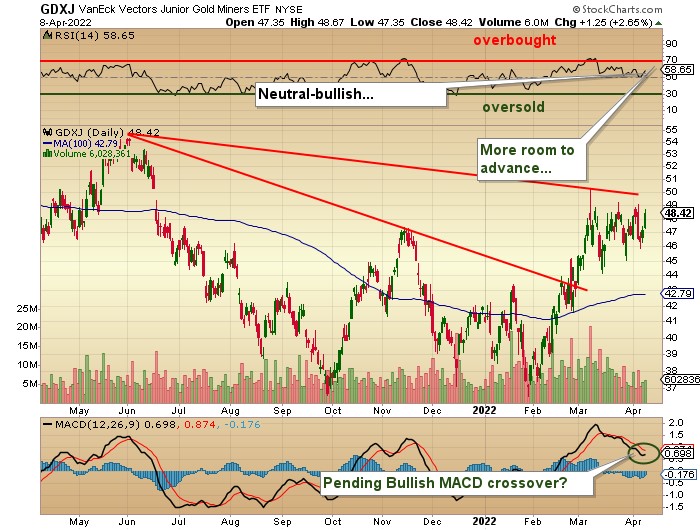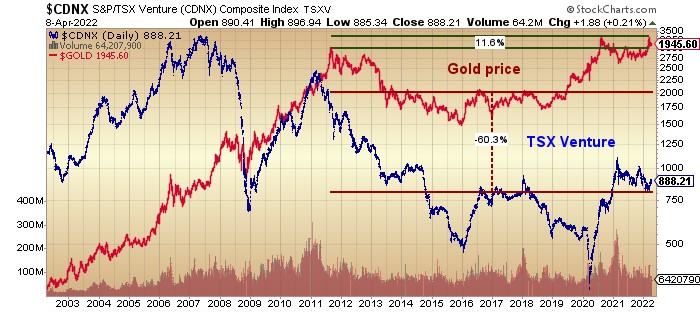The Twin Swords Of Damocles
References to “The Sword of Damocles” can be found in an anecdote related by Roman orator Cicero who used it in his Tusculanae Disputationes, 5. 61,[1] thus passing the story into the European cultural mainstream after which it became an allegory steeped in irony for the perils associated with positions of power and influence. It seems there was circa 4th-Century B.C. this ancient Sicilian king named Dionysius who had a certain fawning, flattering and overtly obsequious courtier named Damocles who carried an obsessive desire to experience what it might be like to sit on the throne and be attended to by dozens of dutiful attendants while surrounded by beautifully embroidered rugs, fragrant perfumes and the most select of foods, piles of silver and gold, and the service of handmaidens unparalleled in their beauty, all in an environment of riches, excess, and mainstream popularity.
The unfortunate part of this ancient tale was that Dionysius had made many enemies while holding the throne and decided that anyone aspiring to usurp his thrown be discouraged by the hanging of a sword, tip pointed down, suspended at the pommel by a single hair from a horse’s tail, above the throne. Poor Damocles was allowed to take the sovereign seat and relish in all of splendour and adulation typically bestowed upon emperor but the sight of the sword dangling precariously above, ready at the nod to take off his head, forced the covetous courtier to flee the throne in terror, never to return.
The emergence of spiralling inflation and surging bond yields are today the Twin Swords of Damocles while the figure aspiring to the Throne of Paul Volcker is none other than Fed Chairman Jerome Powell. Every Fed Chairman since Volcker (as well as Donald J. Trump) has determined that the yardstick for measuring central bank policy (and political) performance should be the direction and level of the S&P 500 (albeit others would say the NDX 100 covering hundreds of earnings-less tech stocks would serve as a better judge and jury). Every time I open a web browser or (god forbid) pick up a financial magazine I hear the animated table-pounding of youthful investors all in full chorus and all singing from “The Fed is trapped!” hymn sheet, either not recognizing or refusing to accept that the rules of financial engagement have changed.
Since the 1987 market crash and more recently the Great Financial Bailout of 2008, the only “Mirror, Mirror on the Wall” into which Fed Chairmen (apologies to Janet Yellen) gazed was one that only assessed stock market performances. That created two emerging demographic investor classes that had never in their investing lives ever witnessed a) a hostile Fed or b) a real, knock-down-drag-em-out bear market. No Fed boss since Paul Volcker has ever had to contend with spiralling inflation and since last fall, when Jerome has told us that the rules had then changed, decades of mollycoddling of Millennial and Genexer stock junkies has created an impenetrable wall of ear wax preventing the message from registering.
Now, you have all listened to podcasts from people with several tens of thousands of social media followers that do the interview circuit with hosts all begging us to hit the “Subscribe” and “Like” buttons where the persistent message is that the Fed will be forced into a pivot abandoning the tightening cycle because debt service costs will bankrupt the government. To that I respond “Why?”
The U.S. debt clock has been running wild since they bailed out the banks in 2008 to the extent that one might have expect at least a little fiscal stress especially since they juiced their balance sheet by several trillion dollars during that nasty flu bug that surfaced back in 2020. Instead, all that is required is the tapping of a computer key and any potential problem quickly disappears so I do not see how the Fed is “trapped” when they have the unbridled and unassailable power of the central bank printing press.
Alas, I would not wish to be Mr. Powell. He is staring at the ceiling with two pointed projectiles called accelerating consumer prices and rising mortgage rates about to descend. Just as Damocles faced the stark terror associated with power, status, and titular branding two and a half millennia ago, the 2022 version of the regal courtier to the court of legacy preservation has to decide if blunting inflationary expectations should be allowed to take precedence over rising asset prices. I maintain that central banks will opt for price stability and that they will indeed pivot but only after risk assets have imploded. Those pundits out there suggesting that one should be fully-invested in anything with no hedges in place are running the risk of getting caught in the deflationary crosshairs of the tightening cycle.
I do not profess to be a technical analyst but forty-five years of carving up markets has forced me to pay attention to Dow Theory which means I keep an eye on the Dow Transports. A throwback to “knives and bearskins”, Dow Theory was based on the (very) old practice of watching agricultural prices and the behaviour of the rails and truckers in order to determine if ample harvests were being shipped to market with the ensuing bounty moving from farmer’s pockets to other essential goods and services. If the Industrials made a new high and the Transports failed to comply within a reasonable period of time (no one ever told what “reasonable” meant), it was classed as non-confirmation and a “sell” signal followed. The chart shown on page three has the Transports within 2.2% of the February lows after which the September 20th lows are in sight. What I have noticed over the years is that as archaic as the youngsters might deem them, big drawdowns in that index have acted as a magnet for the Industrials and if those thirty companies representing the pinnacle of Free Market Capitalism are headed into prolonged downtrends, that event will take a great many casualties along with it.
I have been bombarded over the past week about the miners with particular emphasis on the Junior Gold Miner ETF (GDXJ:US) which I exited entirely back on March 8th taking a 68% gain on a rather frighteningly large position in the May $43 calls. I had a perfect opportunity to replace them a week later after it traded back toward $45 but the problem is that all components of this ETF despite being developers or producers of gold and/or silver are still stocks. As you have read earlier, I am increasingly cautious on equities especially since it feels and looks like the expected oversold bounce (also known as a bear market rally) has ended giving rise to the possibility of new lows and accelerating panic, particularly amongst the newer generations that keep expecting an army of Fed governors to be talking up stocks as they have done for at least the last decade or so (and probably longer). Nevertheless, I sent all subscribers an Email Alert today informing them that I was taking a 50% position in the miners because they are, quite simply, acting very well and appear to be under serious accumulation. More importantly, seasonality is going to be a very big tailwind in here because the two best months of the calendar year are May and December, with April right behind them.
This should also bode quite well for GGMA top-ranked Getchell Gold Corp., whose will be drilling the Fondaway Canyon (gold) and Star Point (copper-gold-silver) properties in early May.
On the topic of the juniors, it would be somewhat of an understatement to say that the exploration companies are not receiving a great deal of appreciation these days. Every junior gold enthusiast I know is grumbling about the complete lack of interest or excitement in what can be classified in many cases as “spectacular” results. I believe this a function of two simple realities: 1) the younger generation of investors know very little about interpreting assay results and more importantly, 2) the so-called “gurus” out there have engaged in the old “over-promise and under-deliver” game leaving many new entrants to the space feeling ill-advised at best or cheated at the very worst. What moves the juniors these days is not the attention of the newsletter writers but rather the financial muscle and trading support of the large institutional players that are referred to as “influencers”. These powerful market spokesmen (and women) differentiate themselves from the other podcasting rabble by writing big fat cheques for companies in need of both financing and capital markets advice which is increasingly being showcased as glaring weaknesses. I own a number of these companies which are very compelling stories (Max Resources, Northisle Copper & Gold, and Getchell Gold) where the first two are being actively and aggressively marketed resulting in impressive volumes and price performances but where the third one has delivered superb results but lacks the market punch of an active influencer.
In this cycle, without the competition from tech and crypto now undergoing massive corrective action, we will witness a great deal more attention paid to “stories” not unlike the recent pop in Hycroft Mining (HYMC:US) where the Reddit crowd have elected to ignore the past foibles of a seriously challenged mining operation and instead make it their anointed proxy for gold ownership, mine feasibility not being their particular concern. As time progresses and the prices for gold and silver begin to gravitate toward levels befitting their timeless roles as safe havens against currency debasement, the junior mining and exploration space will revert to favoured status and the number of companies showing up on the Reditt or WSB radar screens will multiply.
Most of the junior explorers trade on the TSX Venture exchange (also the Canadian Securities Exchange) which peaked above 3,300 in 2007 amidst China’s massive infrastructure build-out and appetite for commodities. Today, it is at an astoundingly-cheap 888. It has had to endure two major crashes from which it has yet to recover. If we are indeed heading into a Stagflation 70’s-style of commodity outperformance period, I expect to see all-time highs in the TSXV with a massive move to reallocate away from tech and crypto and into the speculative juniors which includes the developers and the explorers. In a world now experiencing shortages in everything from food to energy to water, it will not be the multinational majors that discover the much-needed replacement resources that will house and feed the next generation. It will be junior resource explorers and developers and as this is being written, I can say with outmost conviction that they are, as a sector, absurdly undervalued.
********


















